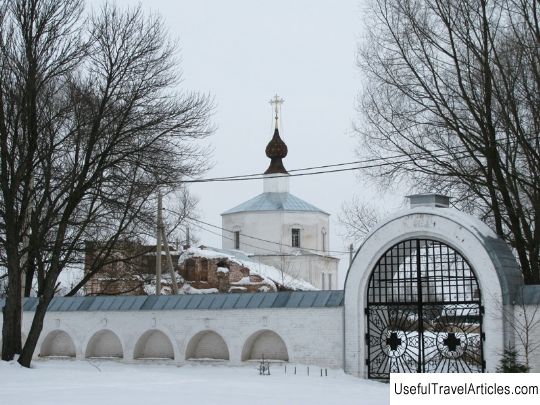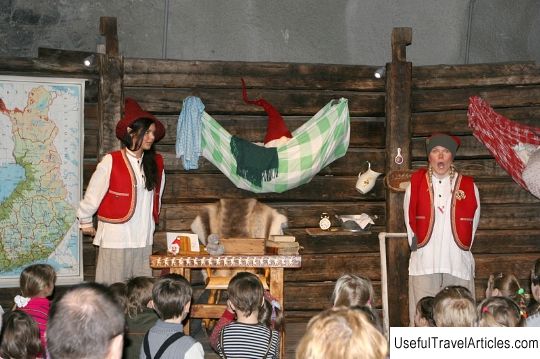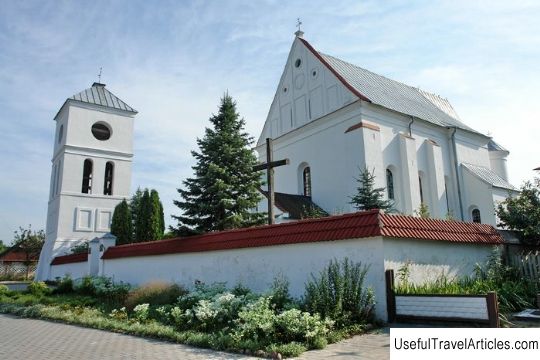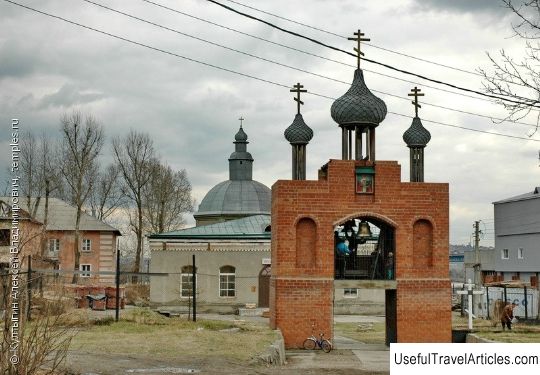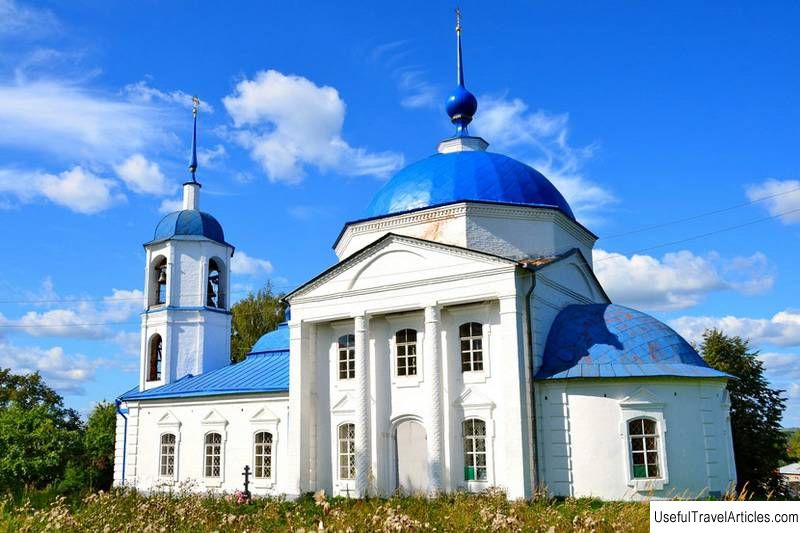Nikitsky monastery description and photos - Russia - Golden Ring: Pereslavl-Zalessky
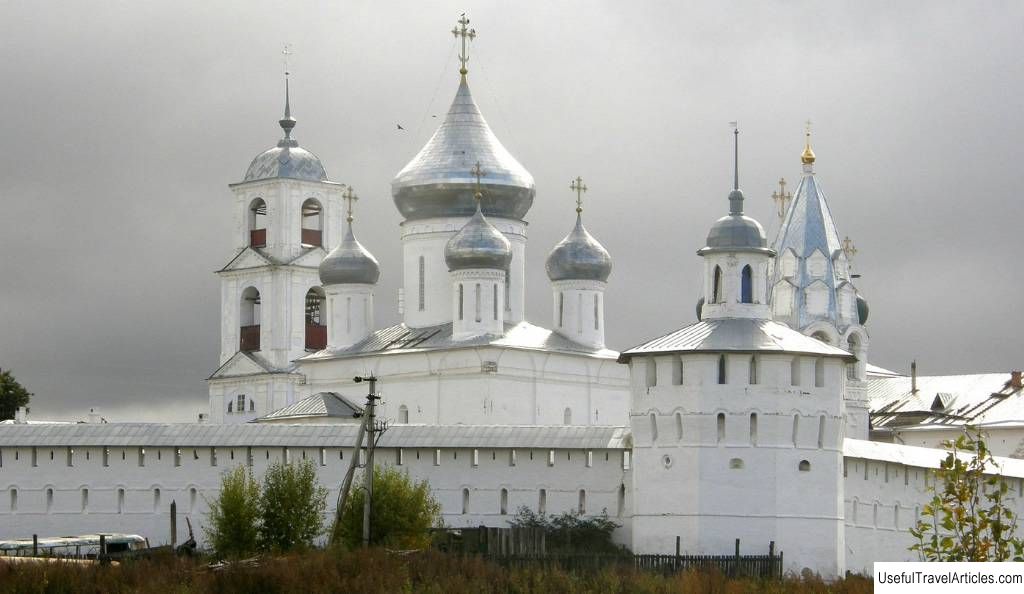
Nikitsky monastery description and photos - Russia - Golden Ring: Pereslavl-Zalessky. Detailed information about the attraction. Description, photos and a map showing the nearest significant objects. Photo and descriptionNikitsky Monastery is located on the outskirts of Pereslavl-Zalessky. This is a picturesque active monastery, its main cathedral was built in the 16th century, and it is known primarily for the fact that in the 12th century St. Nikita the Stylpnik - his relics and relics are kept in the monastery. Nikita StylpnikNikita Monastery on the shore of Lake Plescheevo is considered one of the most ancient Russian monasteries . The date of its foundation, according to the monastery legend, is 1010 , when the very first churches appeared in these places. Chronicles say that the inhabitants of Rostov and the surrounding area stubbornly resisted the adoption of Christianity, and the second Rostov Bishop Illarion together with the pious Prince Boris set up several churches in these places. One of them, in the name of Great Martyr Nikita , gave rise to the monastery. In any case, in the XII century the monastery already existed - and a saint appeared in it. Life tells us that this man was a noble and wealthy resident of Pereslavl. He made his wealth unrighteously: he “made friends with the tax collectors”, collected “unrighteous bribes” from those with whom he quarreled. That is, in modern terms, he collected taxes, but at the same time he was engaged in bribery and litigation. But one day there was a revolution in his soul. He heard the biblical call to repentance and cleansing in the church, immediately left all his wealth and went to the Nikitsky monastery. Here he began to perform deeds of repentance. They began to call him a pillar: he lived in a small stone tower-pillar, never leaving it, wore two sets of heavy chains and a stone hat. Very soon he became famous as a saint, and people from all over the area flowed to him for advice and healing. The legend tells about the most famous healing - he healed Prince Mikhail of Chernigov . Prince Michael also later became a saint: he was summoned to the Horde and was martyred there. But in his youth, the prince was very sick and specially came to the famous miracle worker from Chernigov. On the way, he sent his servant to Nikita, and Nikita handed him the baton and said that as soon as Mikhail took it in his hands, he would recover. And so it happened. Stylite was killed by robbers, his relatives took his shiny iron chains for silver ones, and then threw them into the lake when they realized their mistake. Then the chains were miraculously found and again ended up in the monastery already as a shrine. Over time, the burial of the righteous was lost and turned out to be built up with an air duct. More recently, during the restoration of the walls of the cathedral, it was found again . Scientists who opened the burial in 2000 confirmed that a person who lived in about the XII-XIII century was buried here. He was buried in schematic clothes, and died from a strong blow to the head. Burial clothing: leather sandals and woolen mantle - was restored. History of the monastery Active construction begins at monastery from the middle of the XVI century . I especially loved this place Ivan the Terrible . He chose between him and the Aleksandrovskaya Sloboda for his oprichnina residence, often came here and donated a lot to the monastery. On his initiative, a stone complex of buildings was created, which has survived to our time: the new Nikita Cathedral, walls and towers. Like many Russian fortresses, the monastery was badly damaged during the Time of Troubles - was captured and destroyed by the Lithuanians in 1611. In the middle of the 18th century, it was rebuilt again, and again in the center of attention of the reigning family. Peter I fell in love with Pereslavl and chose Pleshcheyevo Lake for the construction of the "amusing flotilla". It is believed that he preferred to stay in the Nikitsky Monastery - the second floor of the refectory chambers was specially intended for Peter I. Since that time, eight cannons have been preserved in the monastery. Six of them were melted down during Soviet times, and two are now kept in the Pereslavl Museum. The monastery was closed in 1923 and revived again in 1993 . At the beginning of the 21st century, a million rubles were allocated for its restoration, but this was not enough - the restoration continues already with charitable funds. Another Pereslavl saint - Cornelius is venerated in the monastery. He lived in the 17th century and came from a family of wealthy Ryazan merchants. The boy was recognized as dumb, explained only by signs. For thirty years he asceticised in the Borisoglebsk monastery near Pereslavl and led an ascetic life - and only before his death did he speak and talk about himself. For a long time, his relics were preserved in the Nikitsky monastery, have not yet been moved to Nikolsky. The monastery is now The monastery is surrounded by walls and still looks like a small fortress. This was the fortress: in the 16th century it was she who was called to defend the city - after all, the Pereslavl Kremlin still remained wooden. The walls were erected under Ivan the Terrible in the 1560s and significantly rebuilt under Tsar Alexei Mikhailovich in the 17th century. They were built of bricks, and large boulders were laid at the base. Six towers and two gates have survived, with a bell tower over one. The main church is Nikita Cathedral, built in 1561-64 . Once it was a classic five-domed cathedral with a zakomar covering. The original small building, built in 1528, became one of its limits, dedicated to Nikita the Stylite. In the 18th century, the zakomars were replaced with a four-pitched iron roof, and the temple itself was painted from the inside. The painting was renovated several times. The last time it was painted was at the end of the 19th century under the guidance of the famous artist Sergey Gribov . Unfortunately, practically nothing remained of the interior decoration, but it is known that it was rich and beautiful. During the Soviet years, the church was closed, the premises were used for the needs of various organizations. In the 1980s, a restoration attempt was made, as a result of which the central dome collapsed. The restoration of the cathedral is ongoing. In 1643-1624, another church was built - the warm Annunciation , with refectory chambers, cellars, a kitchen and a bakery. The temple was rebuilt several times. On the second floor of the refectory, the refectory chambers were arranged - it was there, according to legend, that Peter I stayed. Initially, there were two side-chapels - John Climacus and Fyodor Stratilat . The first was turned into a monastery sacristy for keeping valuables, and the second was converted into Nikolsky in the 18th century. At the end of the 17th century, a small bell tower appeared near the temple. The temple was restored on a large scale in the 1870s: it was covered with a new roof, a new floor was made, a new wooden iconostasis was installed and the murals were renewed. The Annunciation Church is now the main monastery temple, it is here that regular services are held. The main shrines are now kept here: the relics of St. Nikita the Stylpnik and his iron chains. The Empire style bell tower of 1818 stands out somewhat from the general ensemble. It was built over the gateway Church of Michael the Archangel . The bells and the chiming clockwork were moved here from the old bell tower. In the place where the cell of Nikita the Stylpnik used to be, there is now a pillar-chapel . It was staged in 1702. This small structure really looks like a turret. According to legend, her basement is the legendary cell of the saint. Not far from the monastery there is a holy spring , which, according to legend, was dug by St. Nikita. The source is considered to be healing now it is landscaped, there are baths and a chapel. The monastery complex includes Chernigov chapel , erected in the same 1702 on the site of the healing of Prince Mikhail of Chernigov - now it is a city cemetery. A beautiful small building in the Moscow Baroque style is now practically not used and is in disrepair. Interesting factsAt the base of the walls of the monastery there are bricks up to 30 cm long. The faiths of the Monk Stylite after the revolution retained several nuns. Two of them - Alphea and Glafira - repeated the fate of the Stylite: they were killed under unclear circumstances. The verigs entered the museum, from where they were transferred to the monastery after its opening. Note
              We also recommend reading Museum of Sami literature and writing description and photos - Russia - North-West: Murmansk region Topic: Nikitsky monastery description and photos - Russia - Golden Ring: Pereslavl-Zalessky. |
